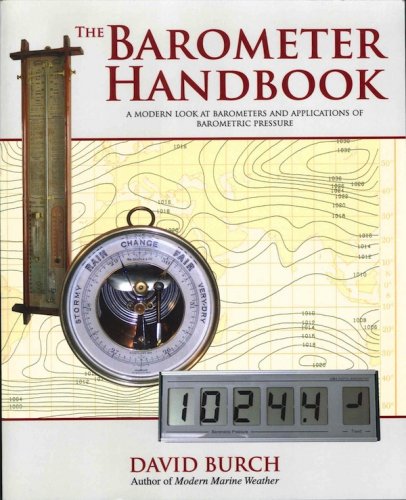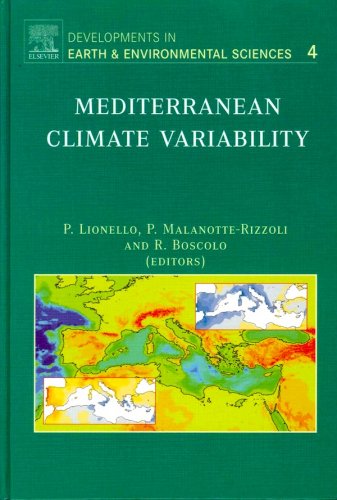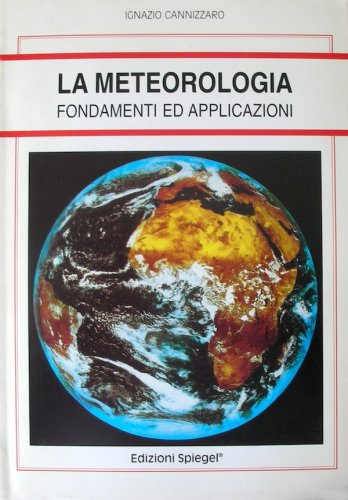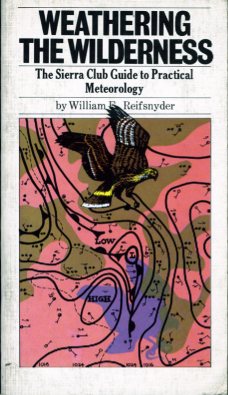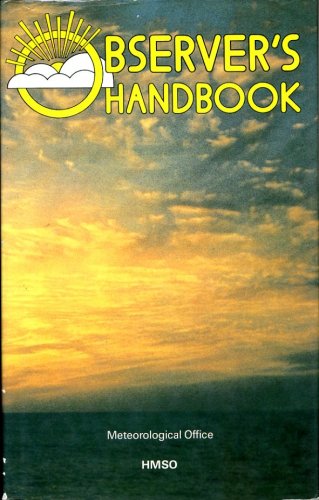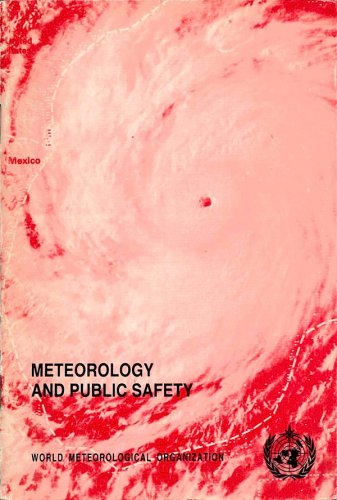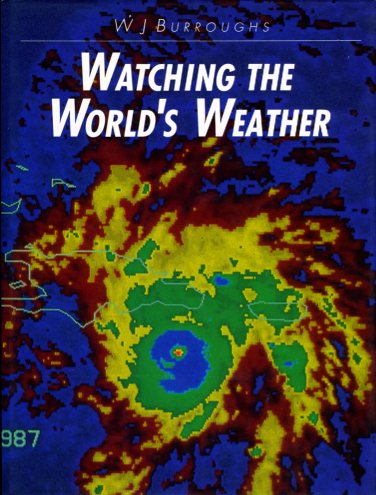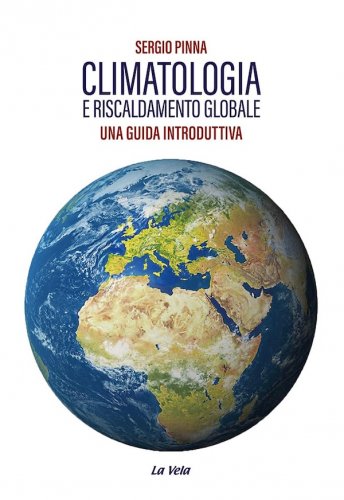Barometer handbook
a modern look at barometers and applications of barometric pressure
Barometer handbook
a modern look at barometers and applications of barometric pressure
- Disponibile in 7 giorni
- Possibilità di reso entro 10 giorni lavorativi
- Transazione sicura con carta di credito, Paypal o bonifico bancario
- Spedizione tracciata con SDA
With the exception of trained meteorological crews, barometers in the past were used at sea primarily to learn if the pressure was going up or down, and whether it was doing this rapidly or slowly. And from this we made an educated guess of a likely consequence, usually in conjunction with other observations. Outside of professional marine use, little effort was made to know the true pressure for several reasons. We did not know what to do with it if we had it, and more often we could not get it if we wanted it, because most barometers were not calibrated. This has changed. We now have many valuable applications of accurate pressure, and we also have affordable ways to get it, and we have convenient ways to prove our instruments work properly. The main goal of this book is to show how all this comes about, and to give more insight into this fascinating, venerable instrument that has been with us for 150 years. Another goal is to introduce users to the new breed of electronic devices that are in the process of revolutionizing how we do weather at sea. We also re-introduce mariners to several classic aneroid instruments that are highly accurate and tested at sea for over 70 years, and why we benifit from having both a calibrated aneroid and an electronic barometer on board. A good barometer is the key to good weather work. This book explains how to evaluate a barometer and how to carry out a simple calibration using convenient online resources (see www.starpath.com/barometers). How to use accurate pressure in marine navigation is also explained with practical examples. Also included are monthly mean sea level pressures worldwide, including the standard deviations of each. Samples can be seen below. Once we know how to get accurate pressure, there is much value to this type of statistical data, especially when sailing in the tropics.

